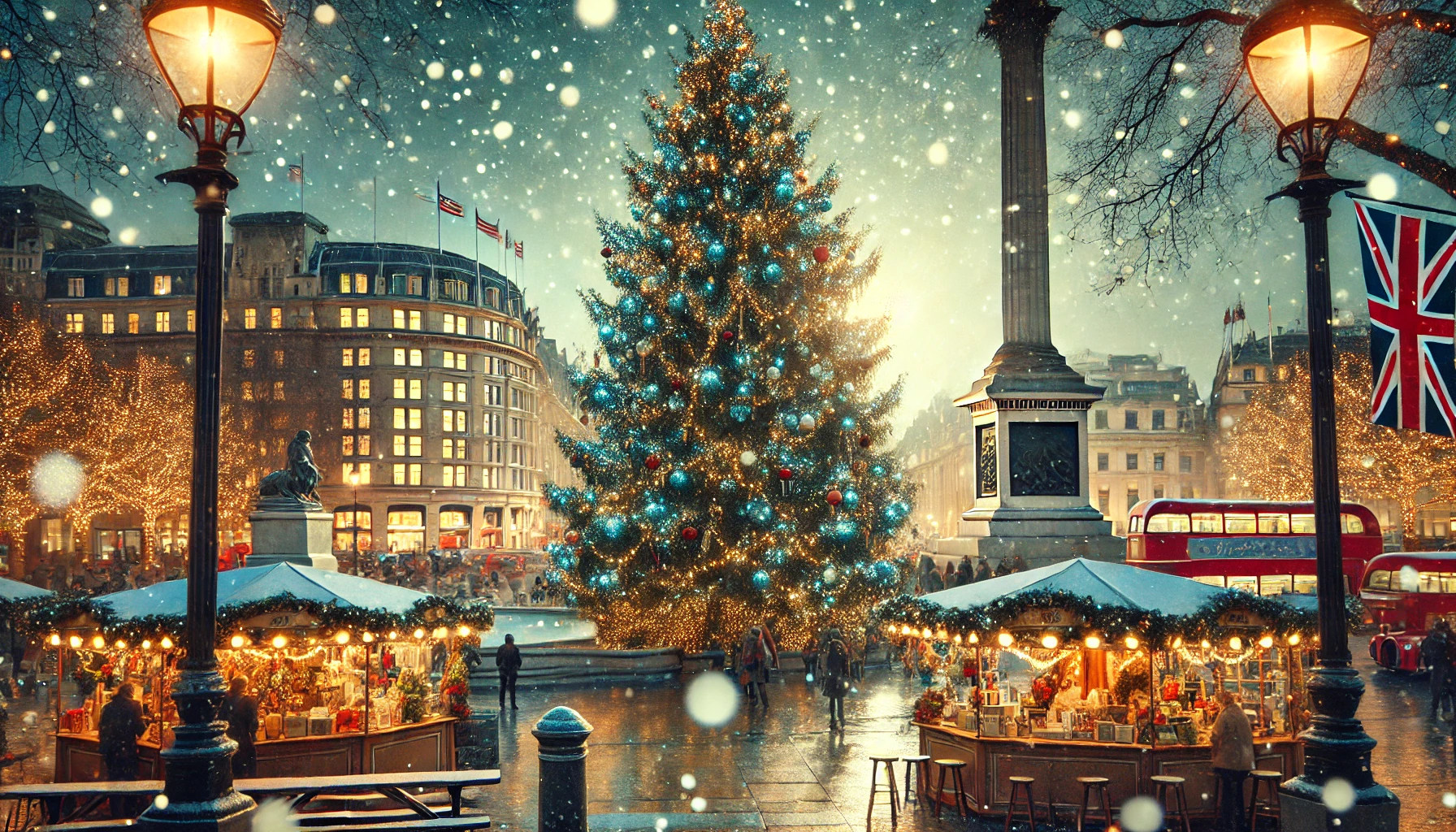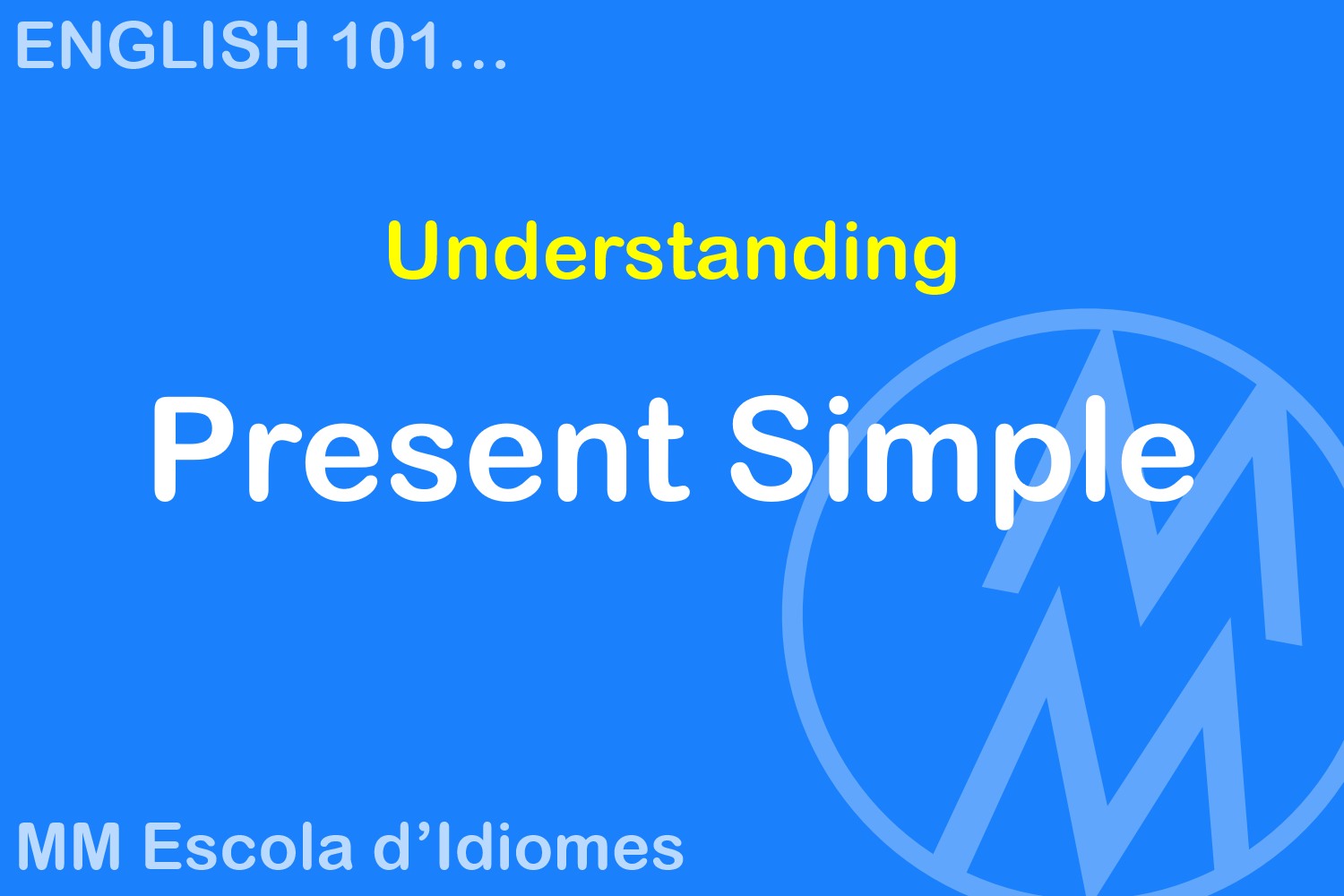Christmas Traditions in the UK: A Guide for English Learners
Christmas Traditions in the UK: A Guide for English Learners Introduction Christmas in the UK is a magical time filled with unique traditions, festive foods, and a warm sense of togetherness. For English learners, it offers a wonderful opportunity to not only experience British culture but also pick up new vocabulary and phrases. From pulling crackers to enjoying mince pies, let’s explore what makes Christmas in the UK so special. Traditional Christmas Activities in the UK 1. Christmas Crackers One of the most iconic British Christmas traditions is the use of Christmas crackers. These brightly decorated [...]










